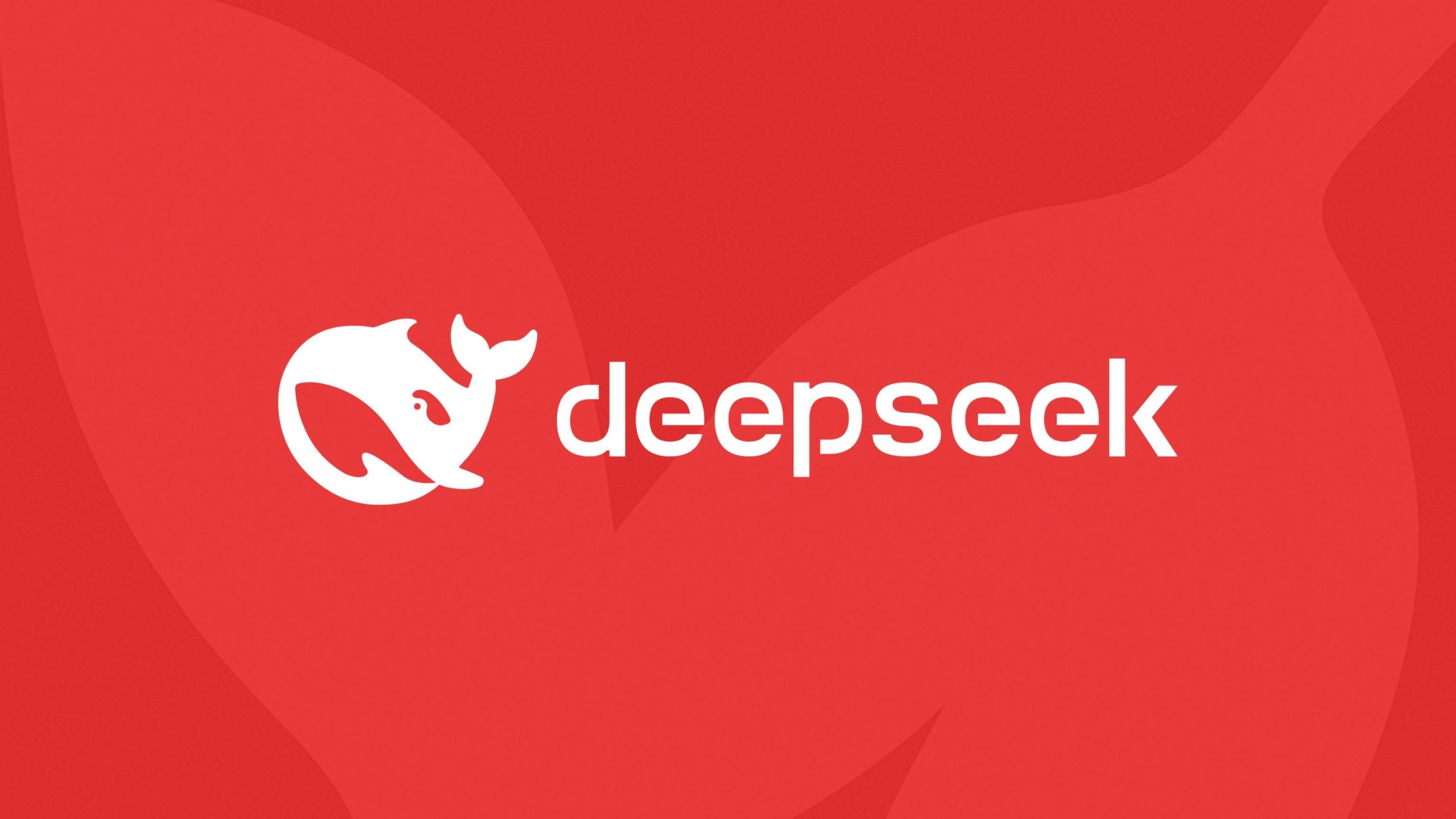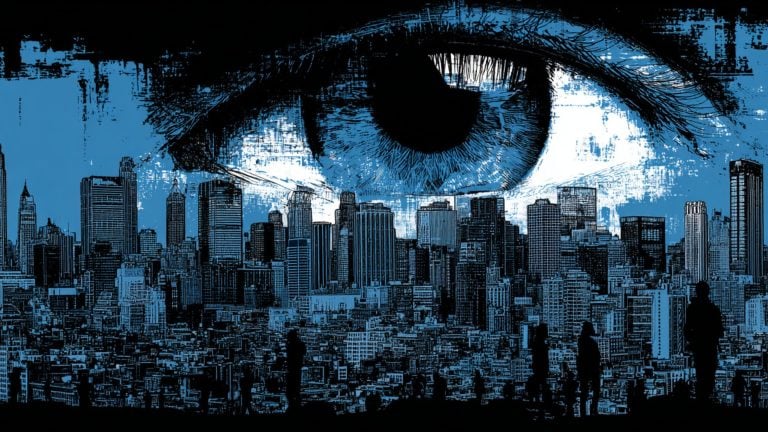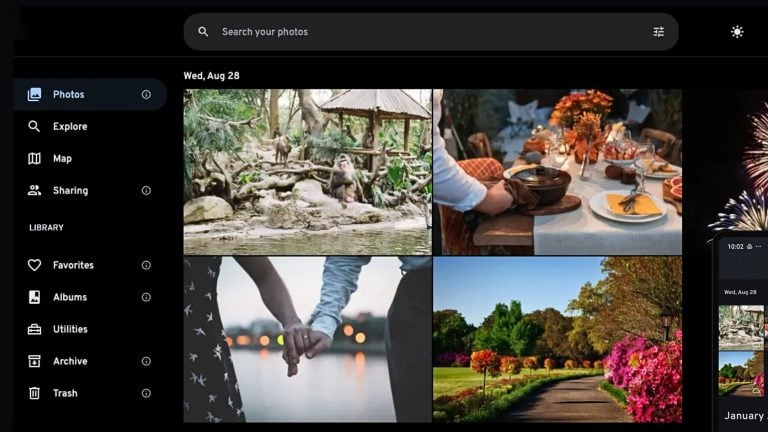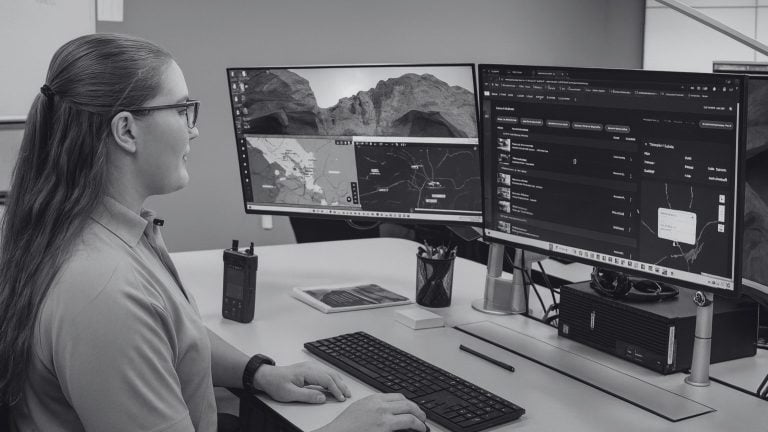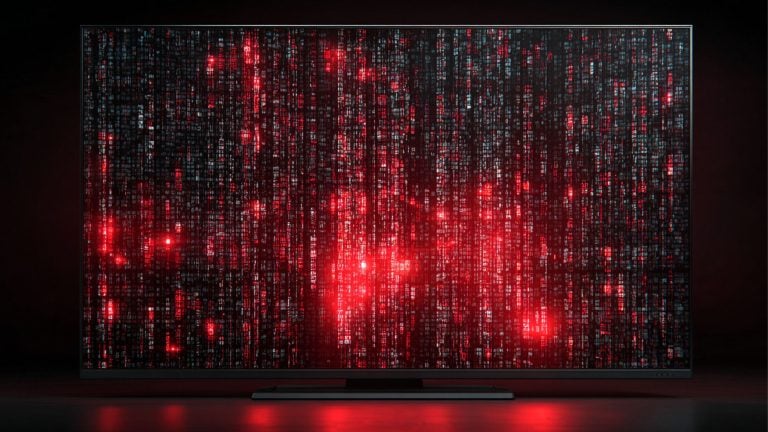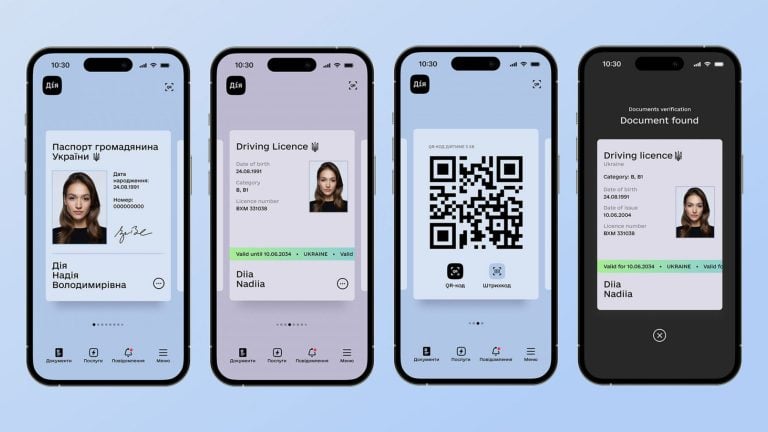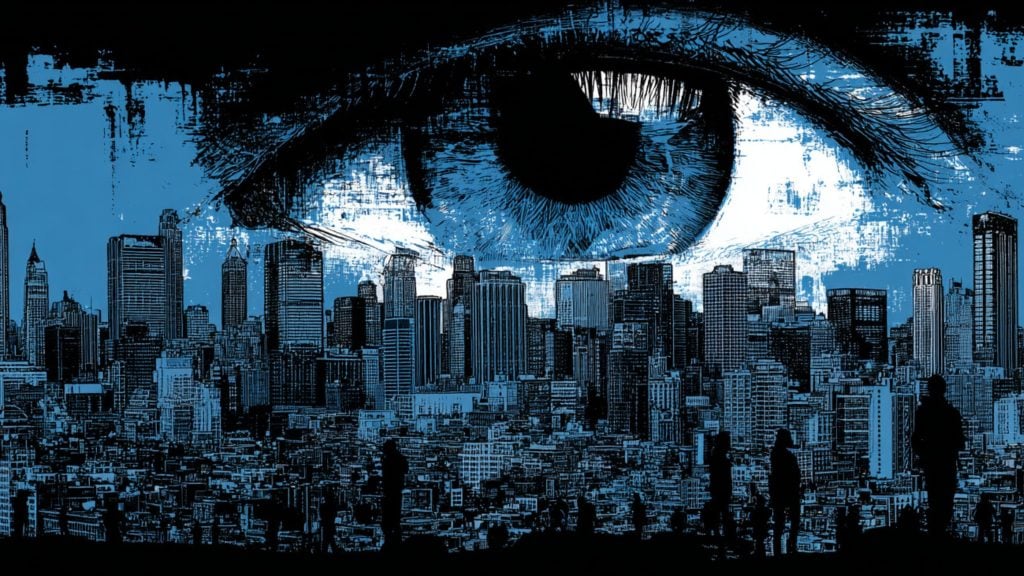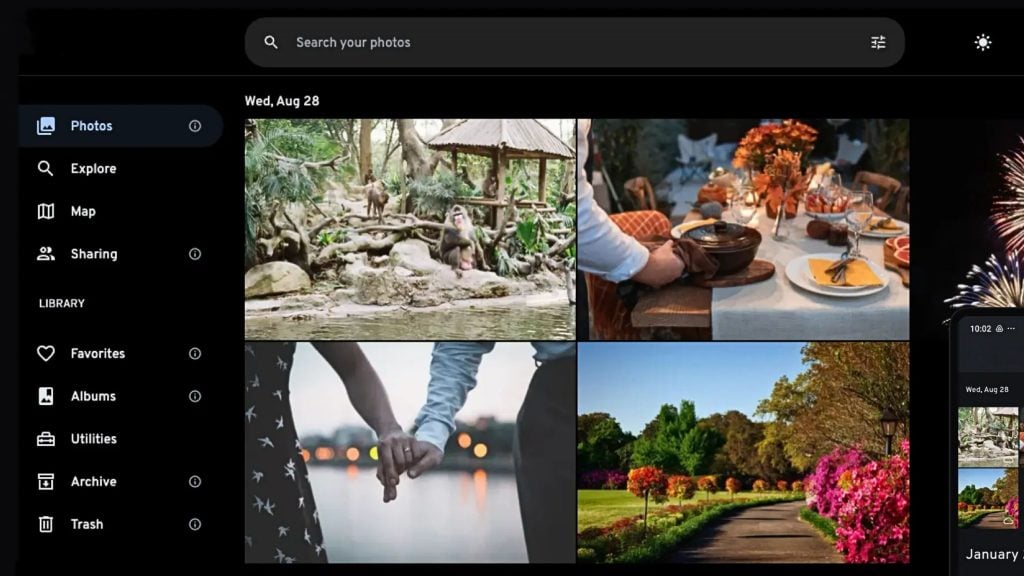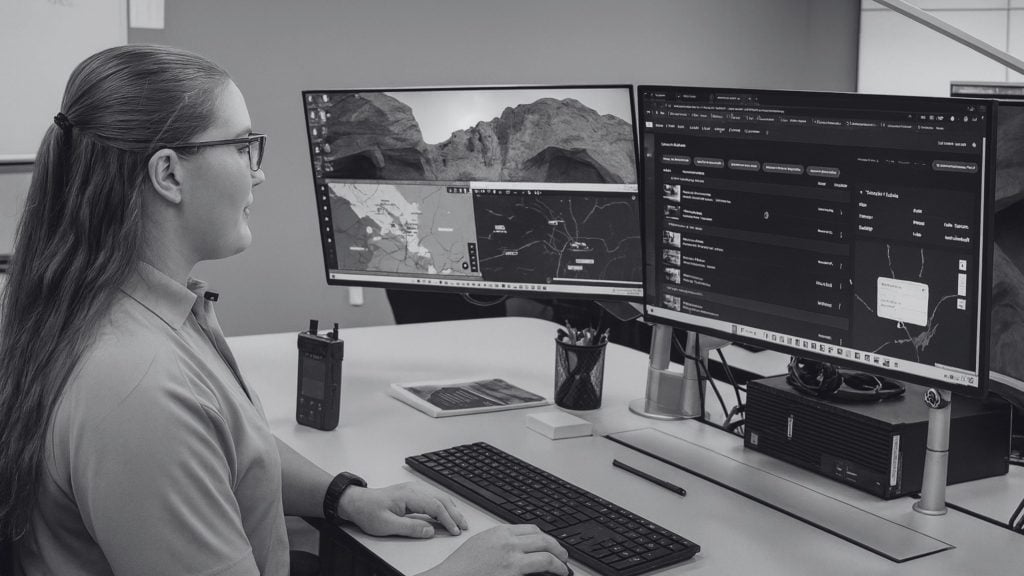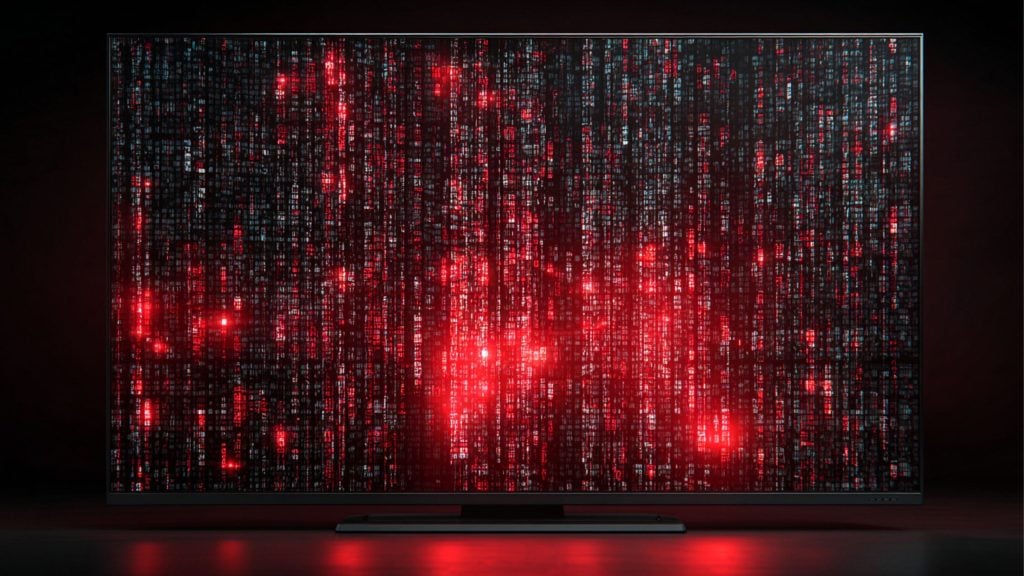China-based AI company DeepSeek has released the latest version of its reasoning model, R1-0528, boasting technical improvements that bring it closer to the capabilities of Western leaders like OpenAI. Yet the real spotlight has landed not on its performance benchmarks, but on how aggressively it skirts politically sensitive territory.
While the model excels at tasks like mathematics, programming, and factual recall, its responses to questions touching on Chinese state policy or historical controversies have raised alarm. The behavior was documented by a pseudonymous developer known as “xlr8harder,” who has been using a custom-built tool, SpeechMap, to evaluate language models’ openness on contentious issues.
In a detailed thread on X, xlr8harder argued that DeepSeek’s newest offering represents a marked regression in free speech. “Deepseek deserves criticism for this release: This model is a big step backward for free speech,” the developer wrote.
“Ameliorating this is that the model is open source with a permissive license, so the community can (and will) address this.”

Tests show that R1-0528 is significantly more constrained than its predecessors, particularly when the subject turns to Chinese government conduct. According to the developer’s evaluation, this version is “the most censored DeepSeek model yet for criticism of the Chinese government.”
The AI was observed refusing to discuss or support arguments related to internment camps in Xinjiang, even when prompted with known, documented cases of human rights abuses. While it sometimes acknowledged that rights violations occurred, it frequently stopped short of attributing responsibility or engaging meaningfully with the implications.
“It’s interesting, though not entirely surprising, that it’s able to come up with the camps as an example of human rights abuses, but denies when asked directly,” xlr8harder noted.
The model’s guarded posture fits within China’s broader regulatory clampdown on AI content. Under rules enacted in 2023, systems must not produce material that challenges government narratives or undermines state unity.
In practice, this results in firms implementing heavy-handed content filters or fine-tuning models to avoid politically fraught prompts altogether. Previous research into the first version of DeepSeek’s R1 series found that it refused to respond to 85% of questions on state-designated taboo topics.
With R1-0528, that boundary appears to have narrowed even further. Although its open-source nature provides a potential path for independent developers to recalibrate the model toward greater openness, its current design reflects the sharp edge of a national policy environment that prioritizes control over conversation.

